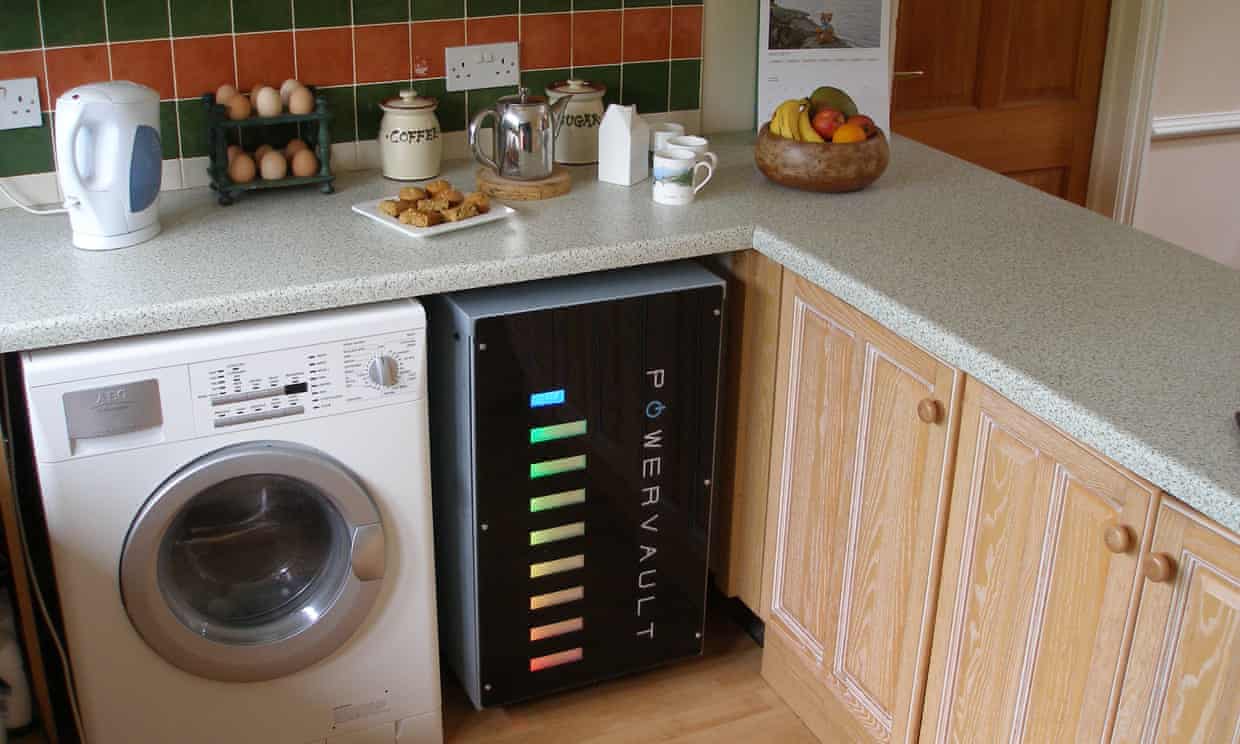Confounding
Gold Member
- Jan 31, 2016
- 7,073
- 1,551
- 280
- Banned
- #1
Awesome.
Solar Power to Grow Sixfold as Sun Becoming Cheapest Resource
The amount of electricity generated using solar panels stands to expand as much as sixfold by 2030 as the cost of production falls below competing natural gas and coal-fired plants, according to the International Renewable Energy Agency.
Solar plants using photovoltaic technology could account for 8 percent to 13 percent of global electricity produced in 2030, compared with 1.2 percent at the end of last year, the Abu Dhabi-based industry group said in a report Wednesday. The average cost of electricity from a photovoltaic system is forecast to plunge as much as 59 percent by 2025, making solar the cheapest form of power generation “in an increasing number of cases,” it said.
Solar Power to Grow Sixfold as Sun Becoming Cheapest Resource
The amount of electricity generated using solar panels stands to expand as much as sixfold by 2030 as the cost of production falls below competing natural gas and coal-fired plants, according to the International Renewable Energy Agency.
Solar plants using photovoltaic technology could account for 8 percent to 13 percent of global electricity produced in 2030, compared with 1.2 percent at the end of last year, the Abu Dhabi-based industry group said in a report Wednesday. The average cost of electricity from a photovoltaic system is forecast to plunge as much as 59 percent by 2025, making solar the cheapest form of power generation “in an increasing number of cases,” it said.






